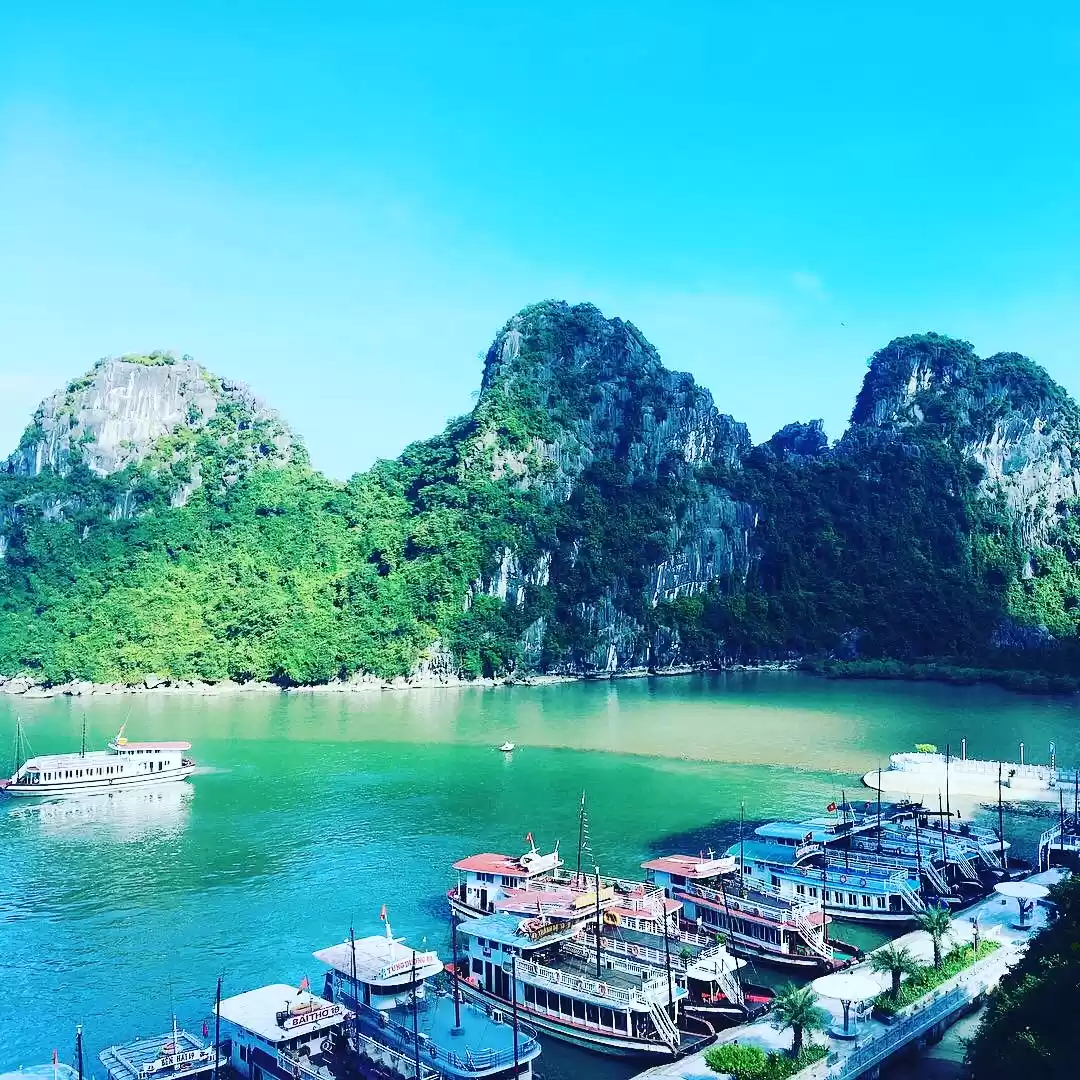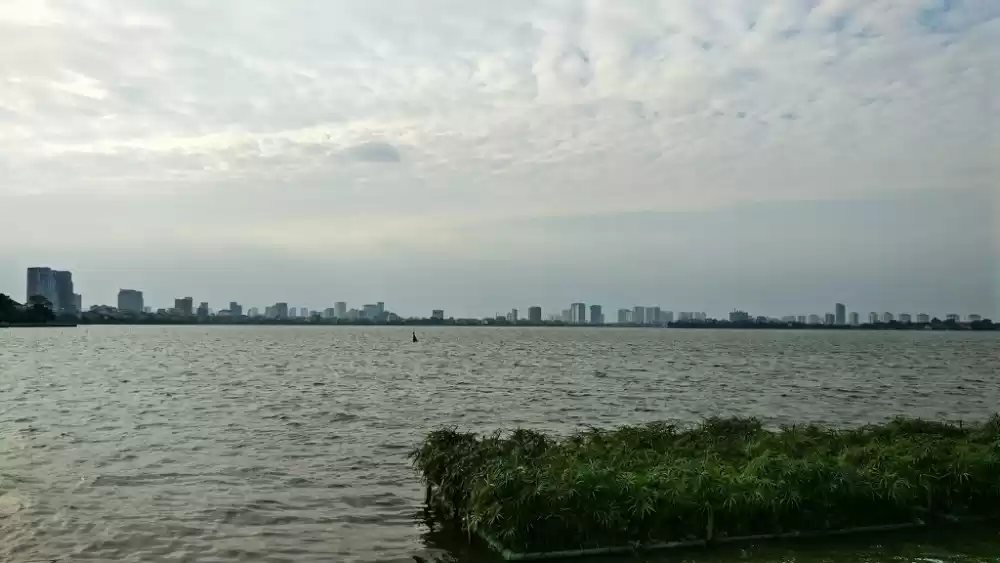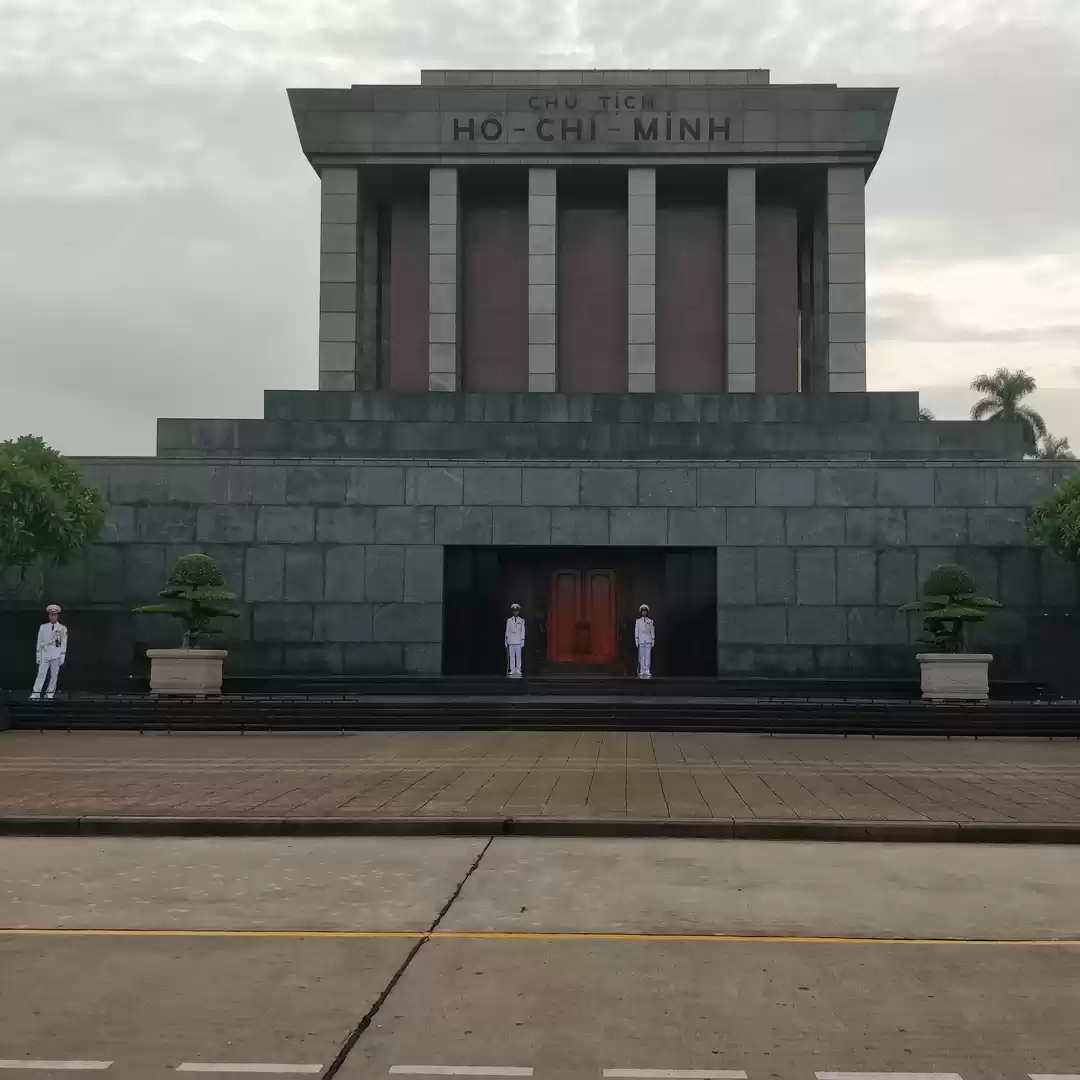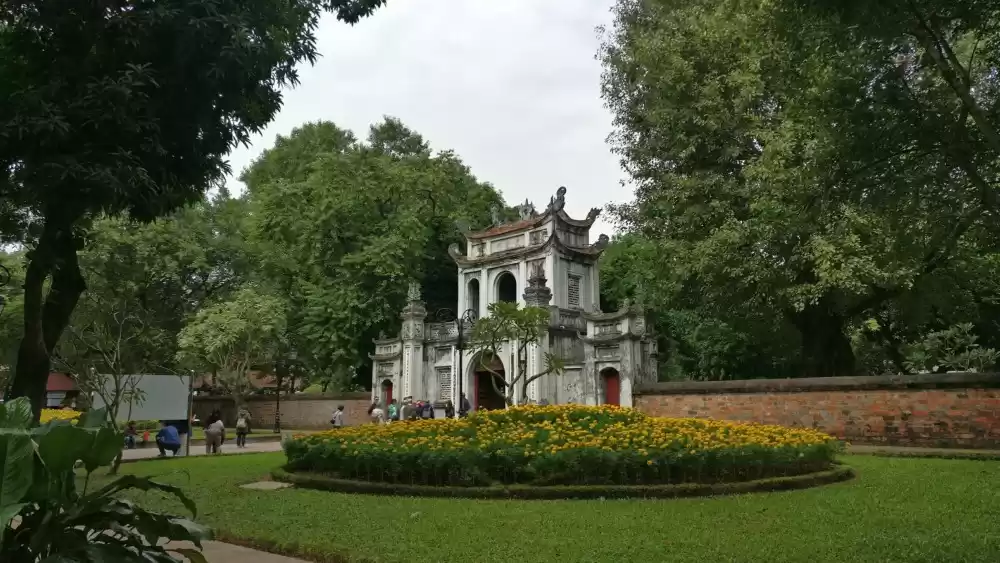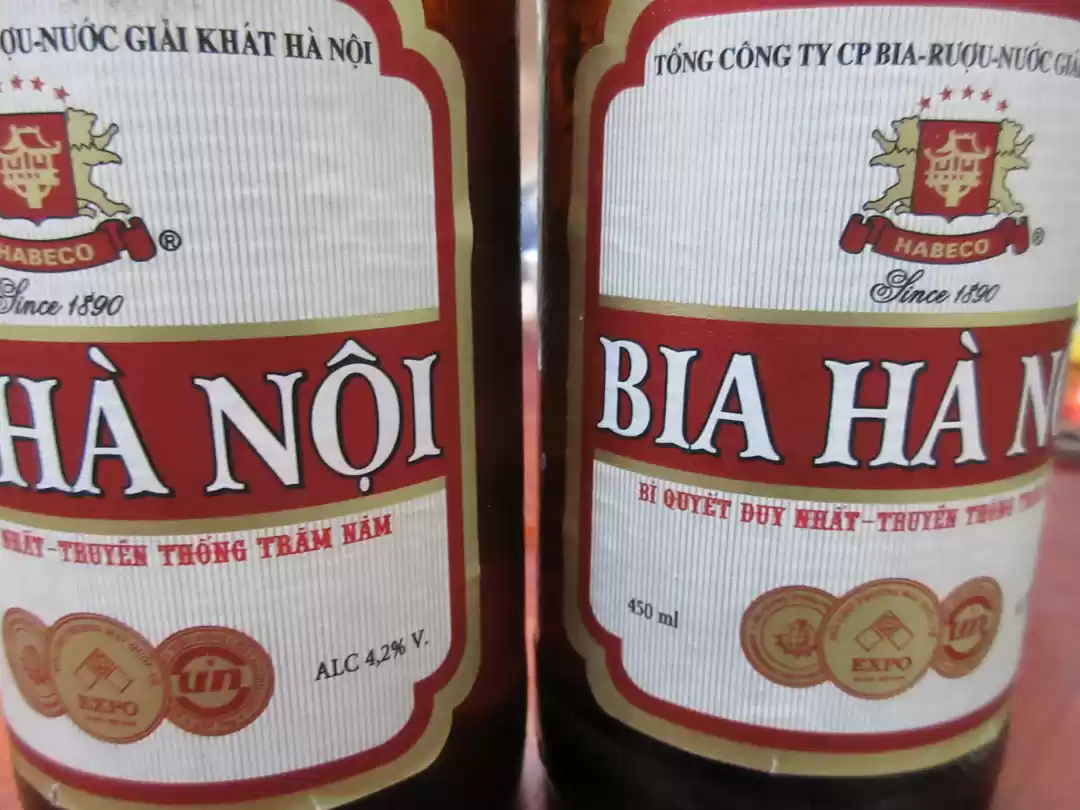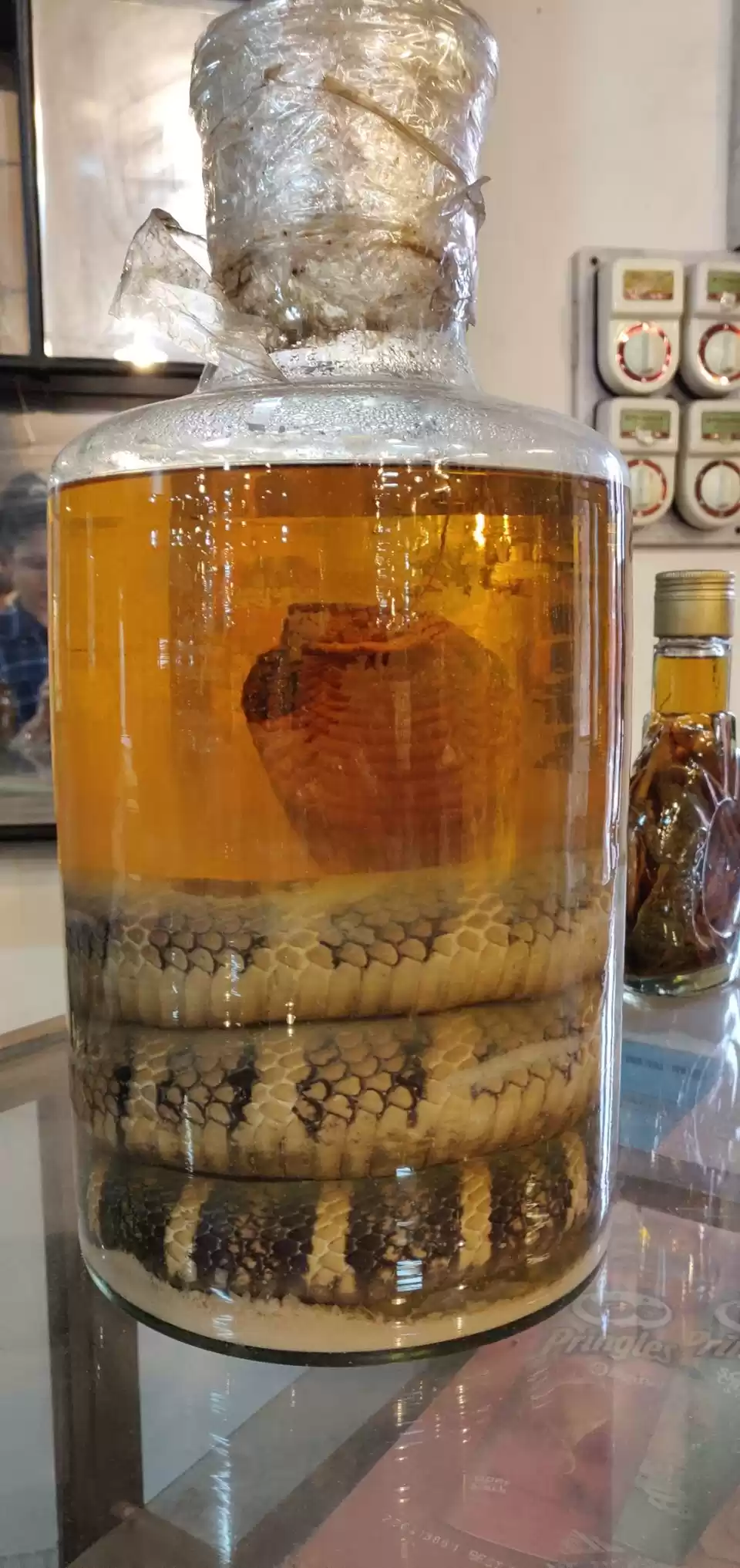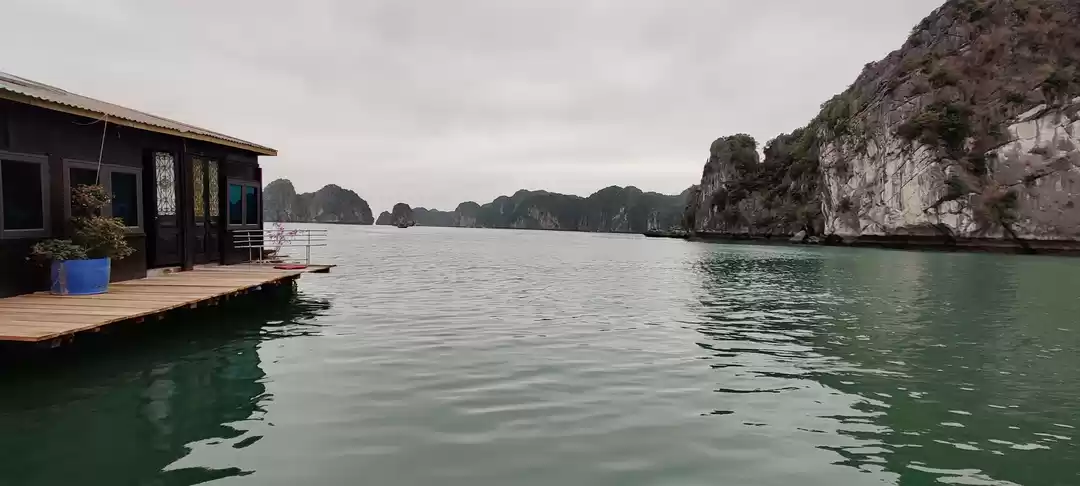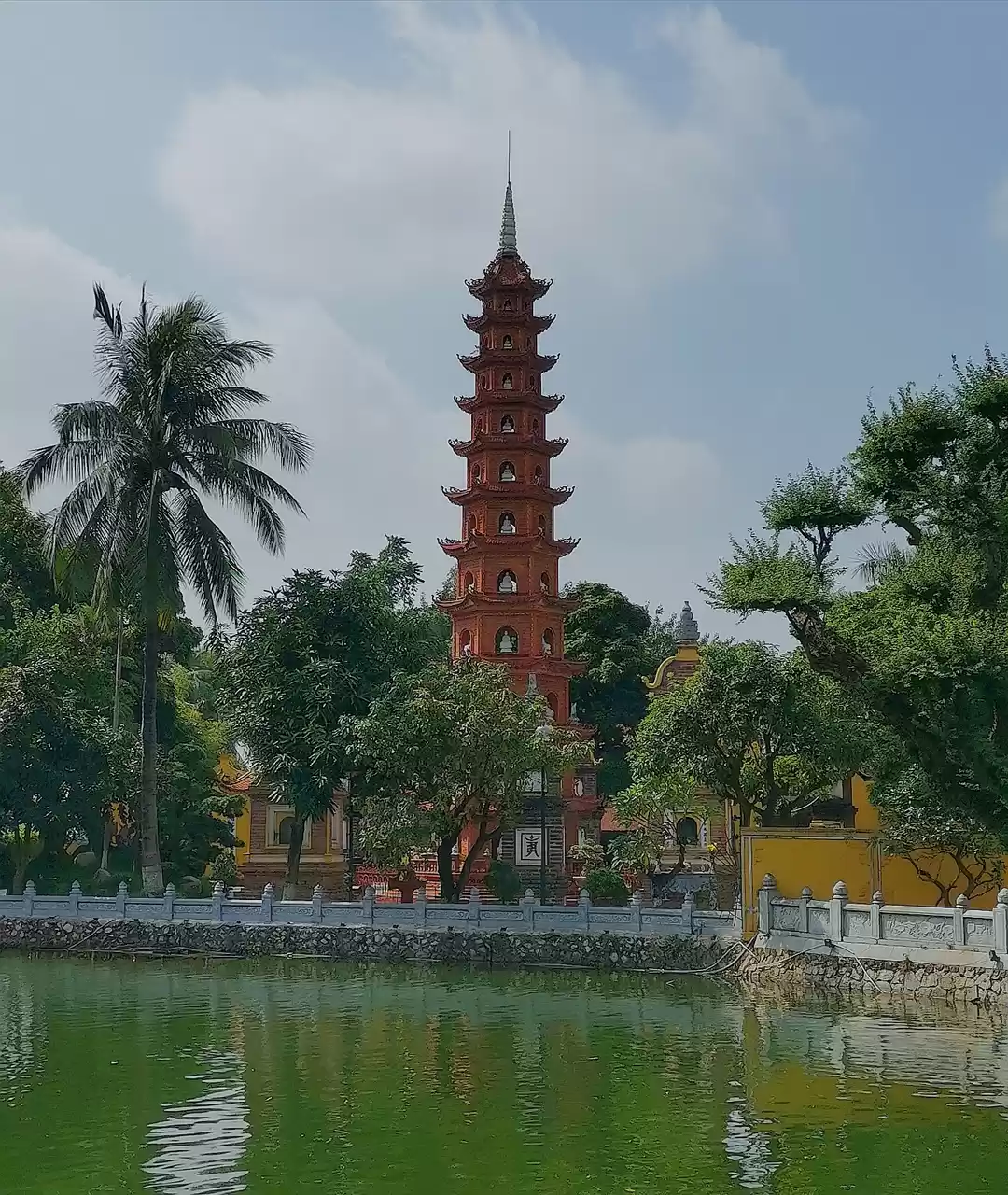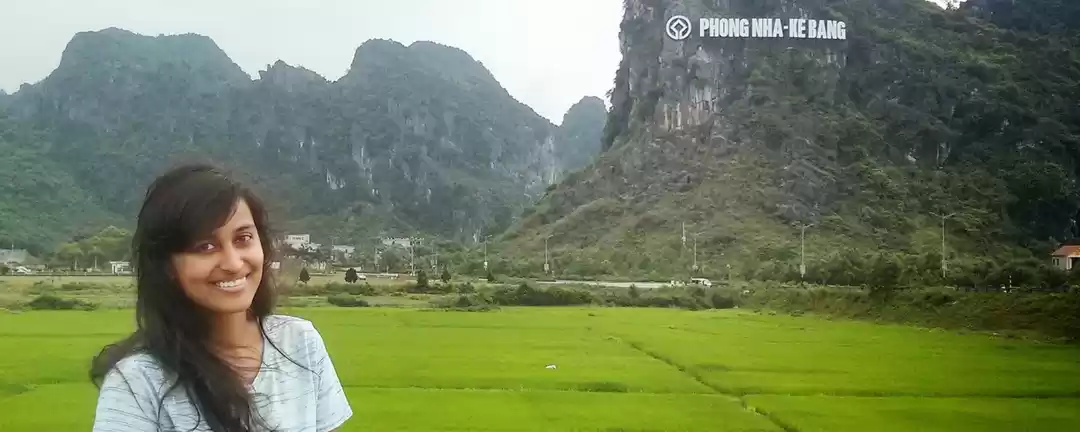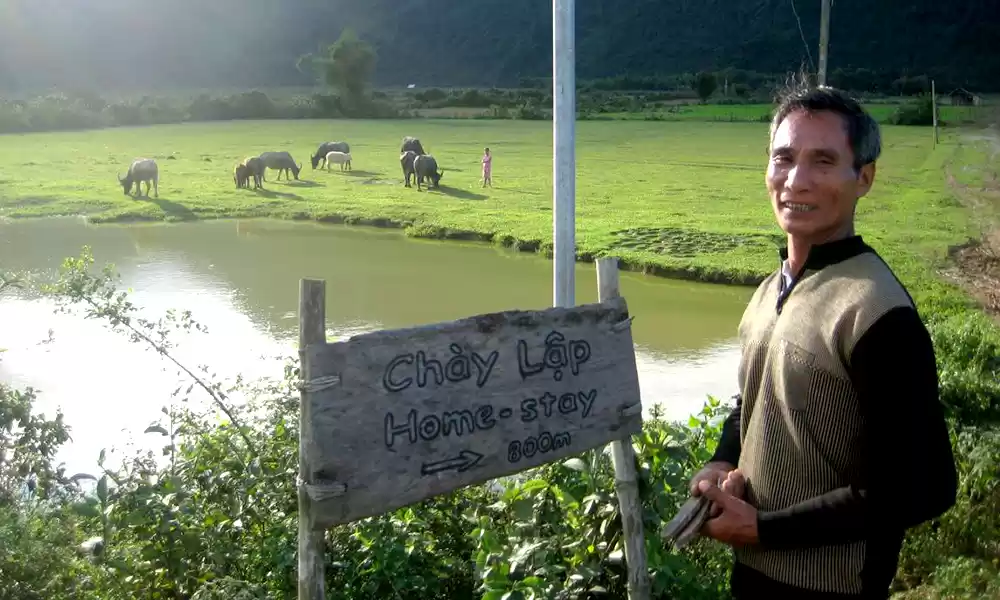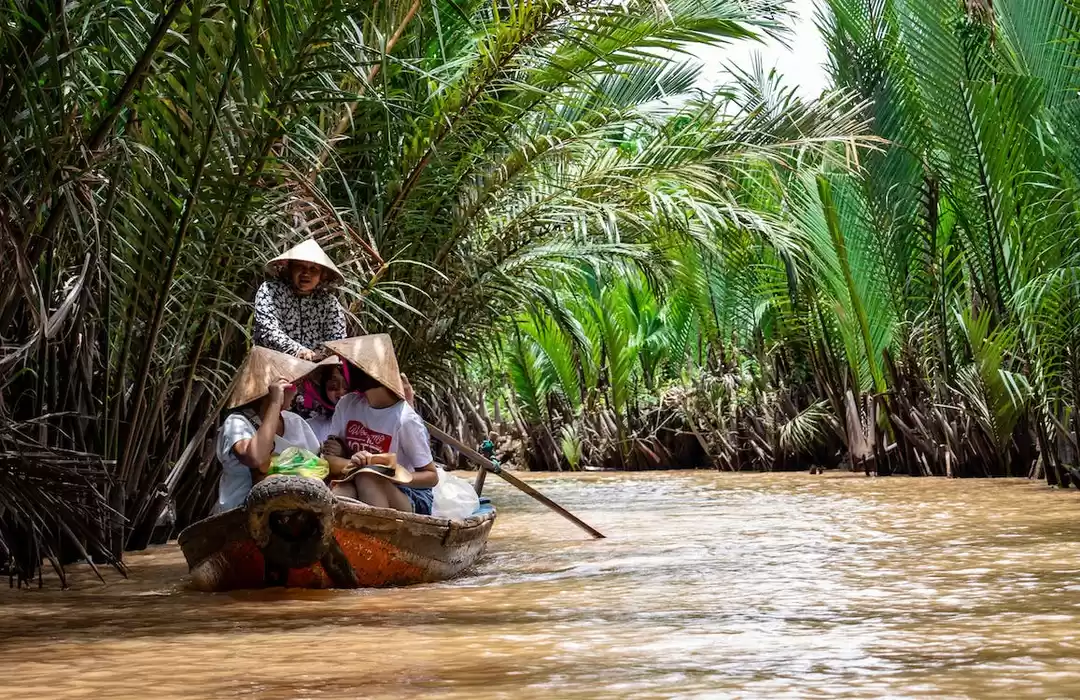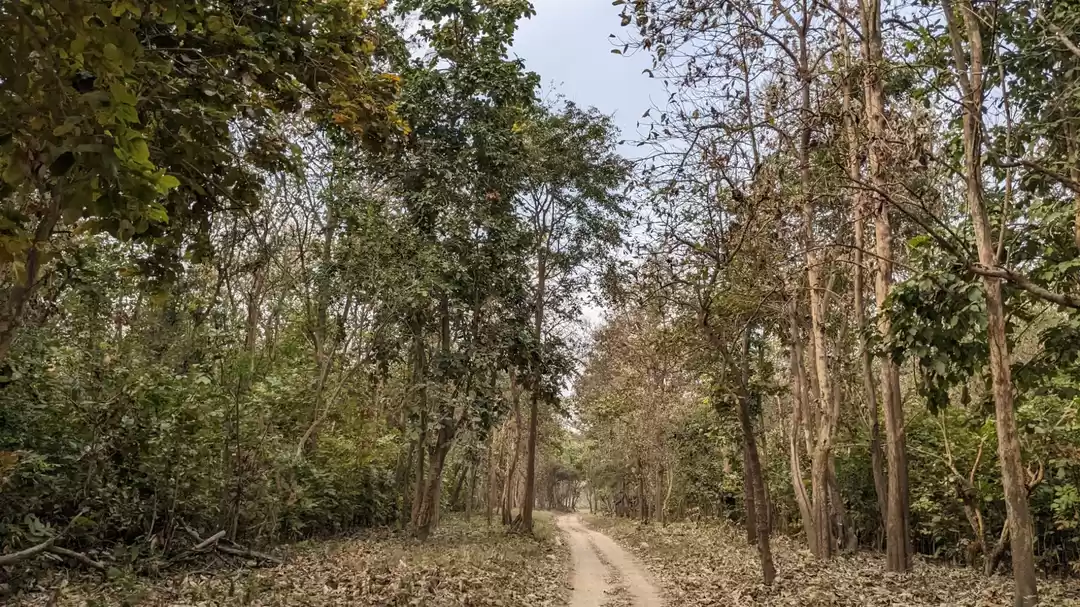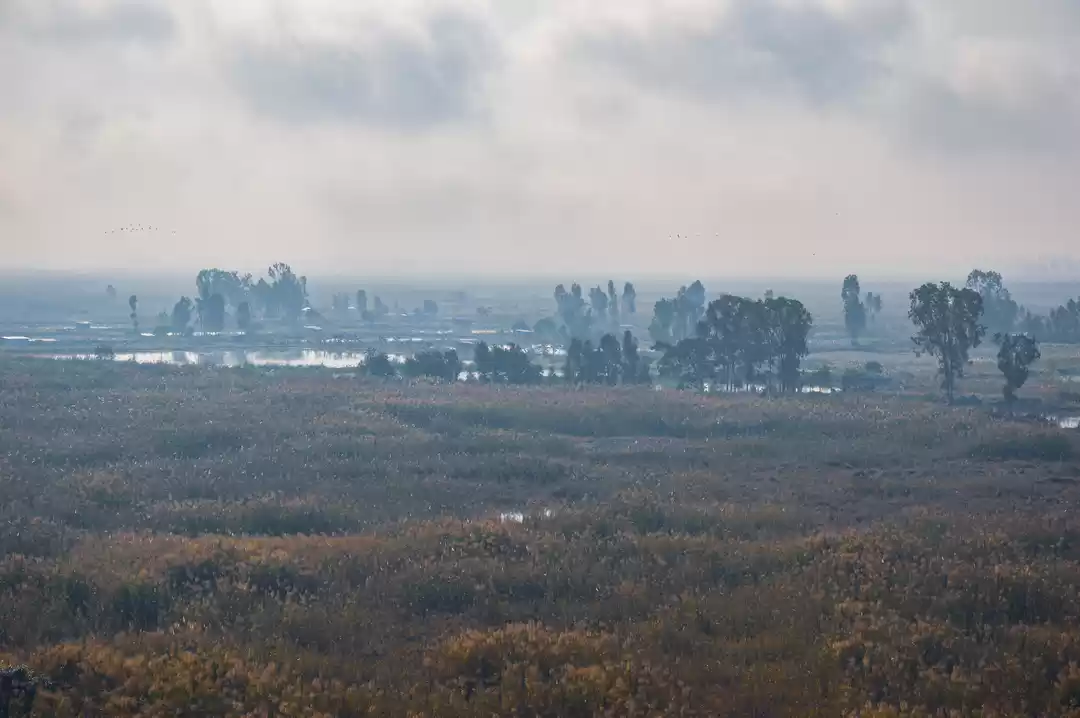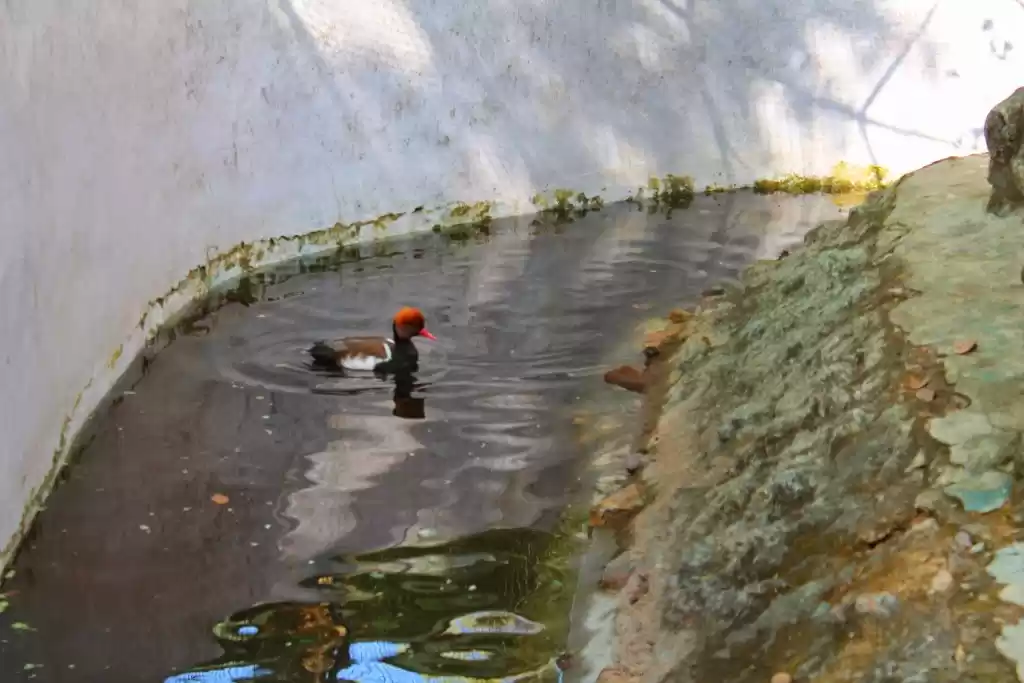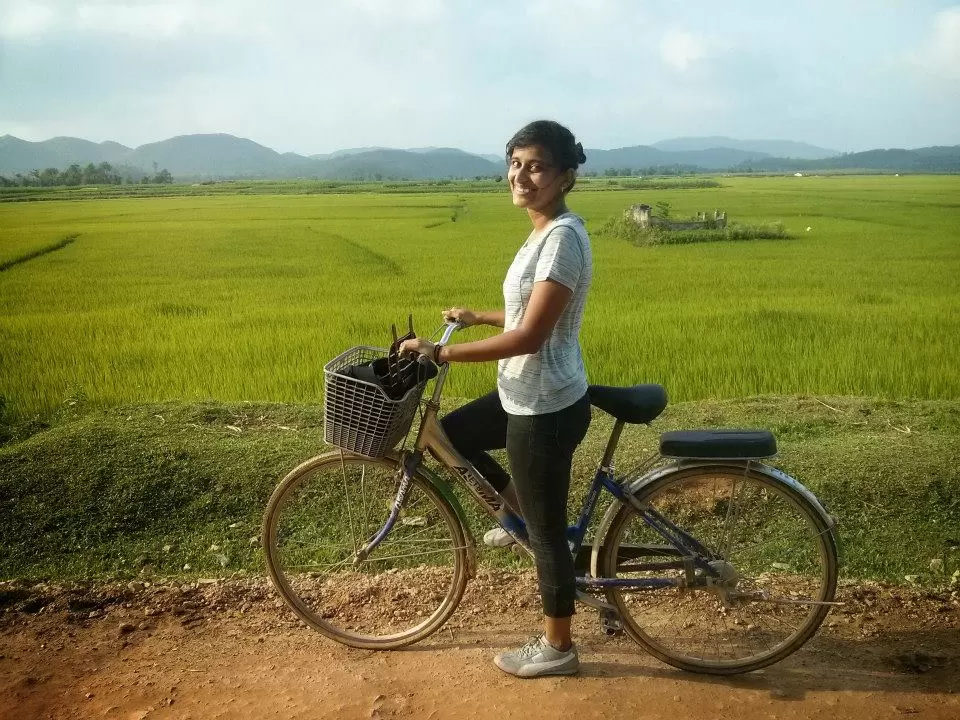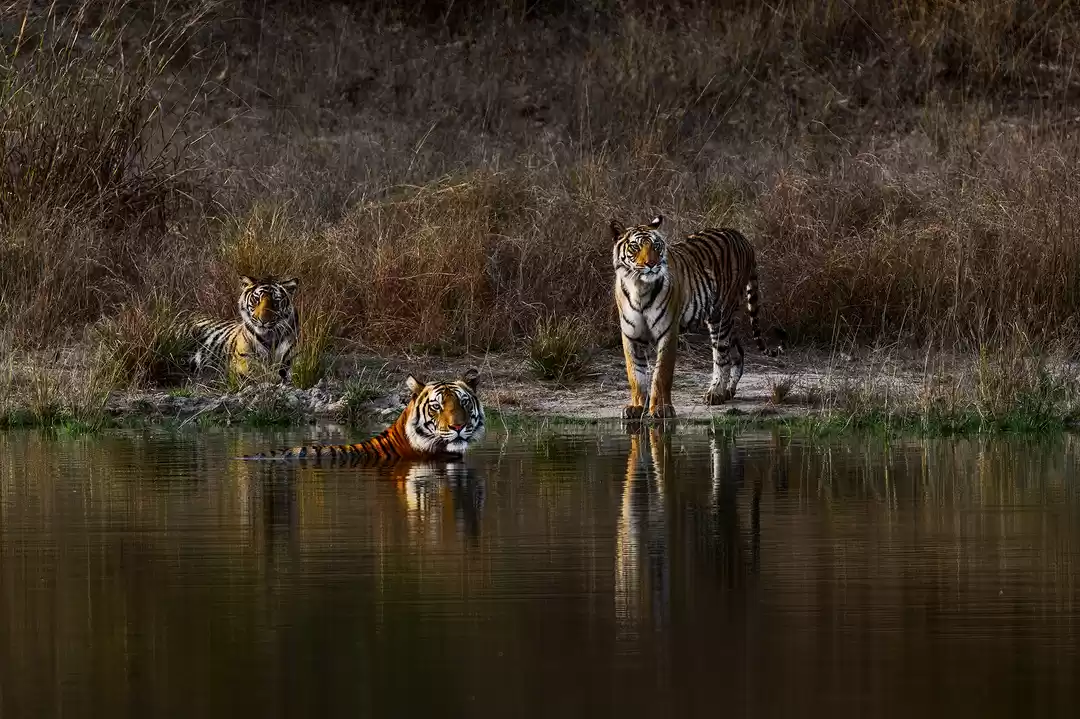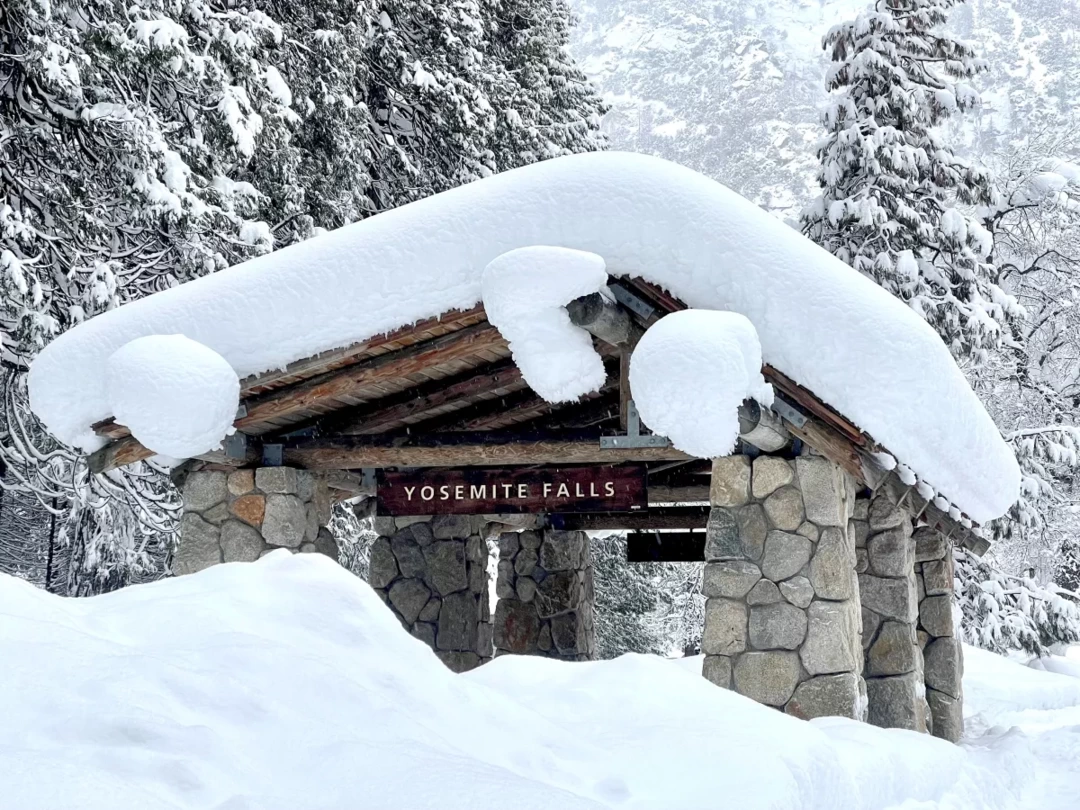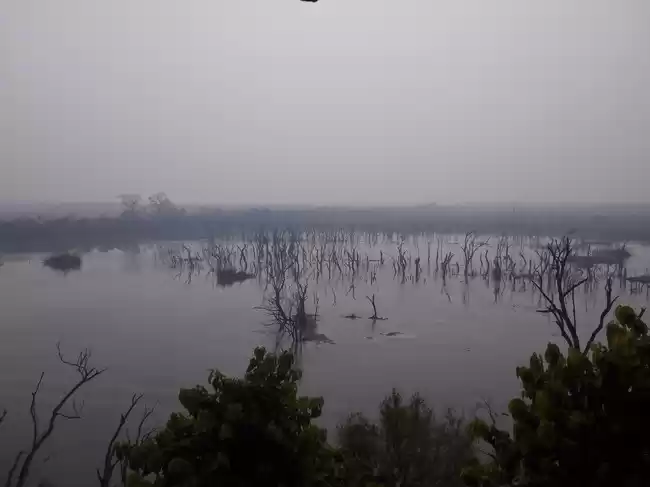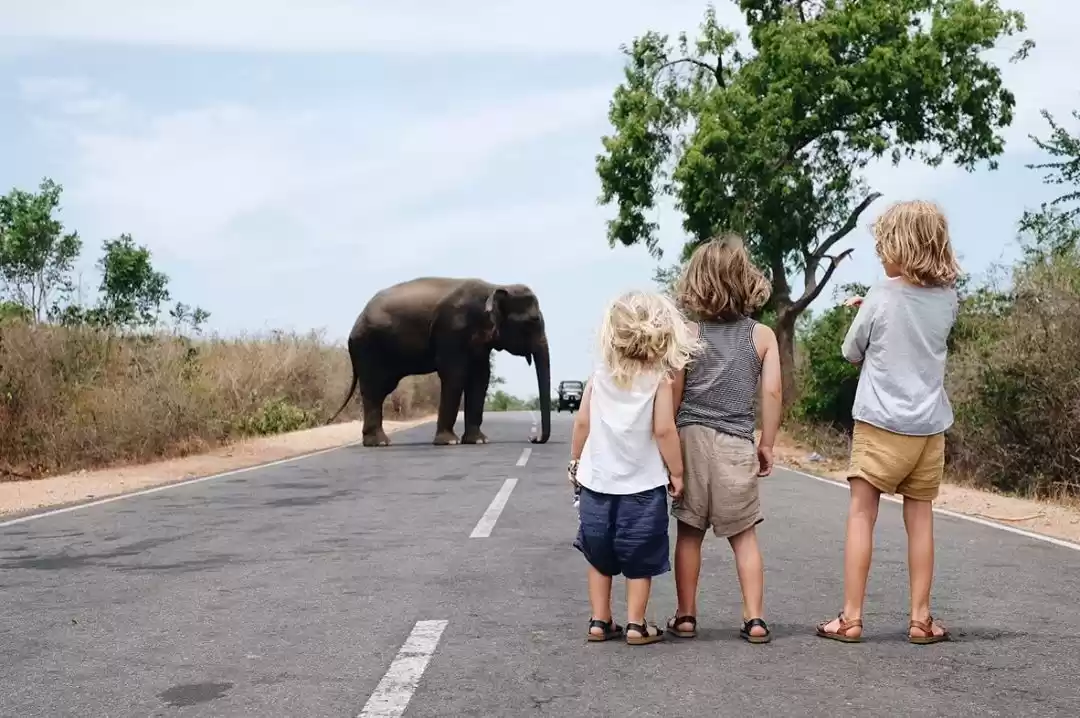Are you looking for an adventure of a lifetime? Do you want to explore some of the most spectacular and diverse caves in the world? If yes, then you should visit Phong Nha-Ke Bang National Park, a UNESCO World Heritage Site that boasts over 300 caves of various shapes and sizes. In this guide, we will explore the history, geography, flora and fauna, and caves of the park, and provide you with tips and recommendations on how to plan and enjoy your visit.
History of Phong Nha-Ke Bang National Park
Phong Nha-Ke Bang National Park has a rich and fascinating history that spans over 400 million years. The park was established in 2001 to protect the limestone karst ecosystem that dates back to the Paleozoic era. The caves were first explored by local people and later by French and British expeditions in the 19th and 20th centuries.
The park has been the subject of numerous scientific studies and surveys, especially by the British Cave Research Association, which has mapped over 104 km of caves since 1990. The park has also been involved in various conservation projects, such as the Phong Nha-Ke Bang Biodiversity Conservation Program and the Son Doong Cave Preservation Project. The park was inscribed as a UNESCO World Heritage Site in 2003 and expanded in 2015. The park has also won several accolades, such as the ASEAN Heritage Park Award in 2004 and the New 7 Wonders of Nature nomination in 2011.
Geography of Phong Nha-Ke Bang National Park
Phong Nha-Ke Bang National Park is located in the Quang Binh province of central Vietnam, about 500 km south of Hanoi and 260 km north of Da Nang. The park covers an area of 123,326 hectares and is part of the Annamite Range, which is a mountainous region that forms the border between Vietnam and Laos. The park has a tropical monsoon climate, with an average temperature of 23°C and an annual rainfall of 2,000 mm. The park is composed of two main types of rock: limestone and schist.
The limestone was formed by the deposition of marine sediments over millions of years, and then uplifted and eroded by tectonic movements and water. The schist was formed by the metamorphism of volcanic rocks and then intruded by granite. The park has over 300 caves of various shapes and sizes, ranging from dry to wet, horizontal to vertical, and simple to complex. The caves are decorated with stunning stalactites, stalagmites, columns, flowstones, and helictites.

Flora and Fauna of Phong Nha-Ke Bang National Park
Phong Nha-Ke Bang National Park is home to over 2,700 species of plants and animals, many of which are endemic, rare, or endangered. The park has four main types of vegetation: evergreen forest, semi-evergreen forest, deciduous forest, and bamboo forest. The park also has several habitats, such as rivers, streams, wetlands, and caves.
The park supports a variety of wildlife, such as elephants, tigers, leopards, bears, monkeys, deer, birds, reptiles, amphibians, fish, and insects. Some of the notable species in the park are the saola, the giant muntjac, the red-shanked douc, the Hatinh langur, the white-cheeked gibbon, the Edwards’s pheasant, the Vietnamese salamander, the cave fish, and the cave spider. The park is one of the most important biodiversity hotspots in Southeast Asia and the world.
The park is protected by several laws and regulations, such as the Law on Environmental Protection, the Law on Forest Protection and Development, and the Convention on Biological Diversity. The park also cooperates with local communities and international organizations, such as the World Wildlife Fund, the International Union for Conservation of Nature, and the Wildlife Conservation Society. However, the park also faces several challenges, such as poaching, logging, mining, tourism, development, and climate change.
Caves of Phong Nha-Ke Bang National Park
The caves of Phong Nha-Ke Bang National Park are the main attraction and the highlight of the park. The caves can be classified into four categories: dry caves, wet caves, river caves, and doline caves. Dry caves are caves that have no water flowing through them, such as Paradise Cave and Dark Cave. Wet caves are caves that have water flowing through them, such as Phong Nha Cave and Tien Son Cave. River caves are caves that have a river running through them, such as Son River Cave and Nuoc Mooc Cave. Doline caves are caves that have a large opening or sinkhole on the surface, such as Hang En Cave and Son Doong Cave.
The caves can be visited by different modes of transport, such as boat, kayak, bike, car, or foot. Some caves are open to the public and can be accessed easily, such as Phong Nha Cave and Paradise Cave. Some caves require a permit and a guide, such as Hang En Cave and Son Doong Cave. Some caves are closed to the public and can only be accessed by researchers, such as Hang Va Cave and Hang Ken Cave. The caves are some of the most impressive and unique in the world. Some of the highlights and records of the caves are:

Phong Nha Cave is the longest wet cave in the world, with a length of 7.7 km and a depth of 83 m. It has 14 chambers, each with its own beauty and charm. The cave can be explored by boat or kayak, and offers a serene and scenic experience.
Paradise Cave is the longest dry cave in Asia, with a length of 31.4 km and a height of 150 m. It has a wooden staircase and a walkway that leads to the first kilometer of the cave, where visitors can admire the magnificent formations and colors. The cave can also be explored further by joining a trekking tour, which requires a permit and a guide.
Son Doong Cave is the largest cave in the world, with a length of 9 km, a width of 150 m, and a height of 200 m. It also has the largest cave passage, the largest cave chamber, and the largest cave pearls in the world. The cave can only be visited by joining an expedition tour, which is limited to 10 people per week and costs $3,000 per person. The tour lasts for four days and three nights, and involves hiking, camping, rappelling, and swimming inside the cave. The cave is a wonder of nature, with its own jungle, river, climate, and ecosystem.
Best Time to Visit Phong Nha-Ke Bang National Park
The best time to visit Phong Nha-Ke Bang National Park depends on your preferences and activities. The park has two seasons: dry and wet. The dry season lasts from November to April, and the wet season lasts from May to October.
The dry season is the best time to visit the caves, as the water level is low and the visibility is high. The wet season is the best time to visit the forest, as the vegetation is lush and the wildlife is active.
However, the wet season also brings heavy rain, floods, and landslides, which can affect the access and safety of the caves. Therefore, it is advisable to check the weather and the cave conditions before planning your trip.
Places Nearby Phong Nha-Ke Bang National Park
Phong Nha-Ke Bang National Park is not only a destination, but also a gateway to other attractions in the region. Some of the places nearby that you can visit are:
Bong Lai Valley: A rural area that offers a glimpse of the local life and culture. You can cycle along the scenic roads, visit the farms and villages, enjoy the food and drinks, and relax at the lookout point.
Dong Hoi: The capital city of Quang Binh province, and the nearest airport and train station to the park. You can explore the city’s history, culture, and cuisine, and visit the landmarks, such as the Nhat Le Beach, the Tam Toa Church, and the Quang Binh Gate.
DMZ: The Demilitarized Zone that divided North and South Vietnam during the Vietnam War. You can learn about the history and the impact of the war, and visit the sites, such as the Vinh Moc Tunnels, the Khe Sanh Combat Base, and the Hien Luong Bridge.
Places to Stay in Phong Nha-Ke Bang National Park
Phong Nha-Ke Bang National Park has a range of accommodation options to suit different budgets and tastes. Some of the places to stay in the park are:
Phong Nha Farmstay: A family-run guesthouse that offers a rustic and cozy experience. You can enjoy the views of the rice fields and the mountains, and join the activities, such as yoga, cooking, and karaoke.
Jungle Boss Homestay: A homestay that offers a comfortable and friendly experience. You can enjoy the facilities, such as the pool, the bar, and the garden, and join the tours, such as the jungle trekking, the cave exploration, and the wildlife spotting.
Son Doong Camp: A campsite that offers a luxurious and exclusive experience. You can enjoy the amenities, such as the tents, the beds, and the toilets, and join the expedition, such as the Son Doong Cave tour.
Activities and Experiences in Phong Nha-Ke Bang National Park
Phong Nha-Ke Bang National Park offers a variety of activities and experiences for visitors of all ages and interests. Some of the activities and experiences that you can enjoy in the park are:
Caving:
The most popular and thrilling activity in the park. You can explore the caves by boat, kayak, bike, car, or foot, and marvel at the beauty and diversity of the formations and features. You can choose from different levels of difficulty and duration, depending on your skills and preferences. Some of the caving tours that you can join are:
Phong Nha Cave Tour: A half-day tour that takes you to the longest wet cave in the world by boat. You can admire the 14 chambers of the cave, each with its own charm and atmosphere.
Paradise Cave Tour: A full-day tour that takes you to the longest dry cave in Asia by car and walk. You can walk along the wooden staircase and the walkway to the first kilometer of the cave, where you can see the magnificent formations and colors. You can also trek further into the cave with a permit and a guide, and discover more wonders and secrets.
Son Doong Cave Expedition: A four-day and three-night tour that takes you to the largest cave in the world by car, foot, and rappel. You can camp inside the cave, and explore its jungle, river, climate, and ecosystem. You can also see the largest cave passage, the largest cave chamber, and the largest cave pearls in the world.
Trekking: Another exciting and rewarding activity in the park. You can trek through the forest, the valley, the river, and the cave, and enjoy the scenery and the wildlife. You can also learn about the history and the culture of the local people, and interact with them. Some of the trekking tours that you can join are:
Jungle Boss Trekking Tour: A two-day and one-night tour that takes you to the jungle and the cave by car and foot. You can camp in the jungle, and visit the Hang Pygmy Cave, the fourth largest cave in the world. You can also swim in the underground river, and see the rare cave formations and fossils.
Bong Lai Valley Trekking Tour: A one-day tour that takes you to the rural area by bike and foot. You can cycle along the scenic roads, visit the farms and villages, enjoy the food and drinks, and relax at the lookout point.
DMZ Trekking Tour: A one-day tour that takes you to the Demilitarized Zone by car and foot. You can learn about the history and the impact of the Vietnam War, and visit the sites, such as the Vinh Moc Tunnels, the Khe Sanh Combat Base, and the Hien Luong Bridge.
Wildlife:
A fun and educational activity in the park. You can observe and learn about the flora and fauna of the park, and participate in the conservation efforts. You can also join the tours and activities that are designed to enhance your wildlife experience. Some of the wildlife tours and activities that you can join are:
Phong Nha-Ke Bang Biodiversity Conservation Program: A program that aims to protect and restore the biodiversity of the park. You can volunteer in the program, and help with the tasks, such as monitoring, surveying, planting, and educating.
Wildlife Spotting Tour: A tour that takes you to the forest and the cave by car and foot. You can spot and identify the wildlife, such as the saola, the giant muntjac, the red-shanked douc, the Hatinh langur, the white-cheeked gibbon, the Edwards’s pheasant, the Vietnamese salamander, the cave fish, and the cave spider.
Wildlife Photography Tour: A tour that takes you to the forest and the cave by car and foot. You can capture and share the beauty and diversity of the wildlife, and learn the tips and techniques of wildlife photography.
Eco-tourism:
A sustainable and responsible activity in the park. You can enjoy the natural and cultural heritage of the park, and support the local community and the environment. You can also join the tours and activities that are designed to enhance your eco-tourism experience. Some of the eco-tourism tours and activities that you can join are:
Phong Nha Eco-trail: A trail that takes you to the forest and the cave by foot. You can walk along the forest path, cross the streams, have a picnic, and visit the Thien Duong Cave, the second longest dry cave in Asia. You can also learn about the eco-friendly practices and the environmental awareness of the park.
Bong Lai Valley Eco-farm: A farm that offers a green and organic experience. You can stay in the bamboo huts, enjoy the fresh and healthy food, and join the farm activities, such as planting, harvesting, and feeding. You can also learn about the traditional and sustainable farming methods and the rural lifestyle of the local people.
Son Doong Cave Eco-camp: A campsite that offers a low-impact and high-quality experience. You can stay in the eco-tents, enjoy the gourmet and vegetarian food, and join the eco-activities, such as recycling, composting, and educating. You can also learn about the conservation and preservation of the Son Doong Cave and its ecosystem.
Phong Nha-Ke Bang National Park is a remarkable place that offers a unique and unforgettable experience for visitors. The park showcases the beauty and diversity of nature, as well as the history and culture of Vietnam. The park is a must-see destination for anyone who loves caves and adventure.
If you are interested in visiting Phong Nha-Ke Bang National Park, you can find more information and book your trip on the official website of the park: Phong Nha-Ke Bang National Park


